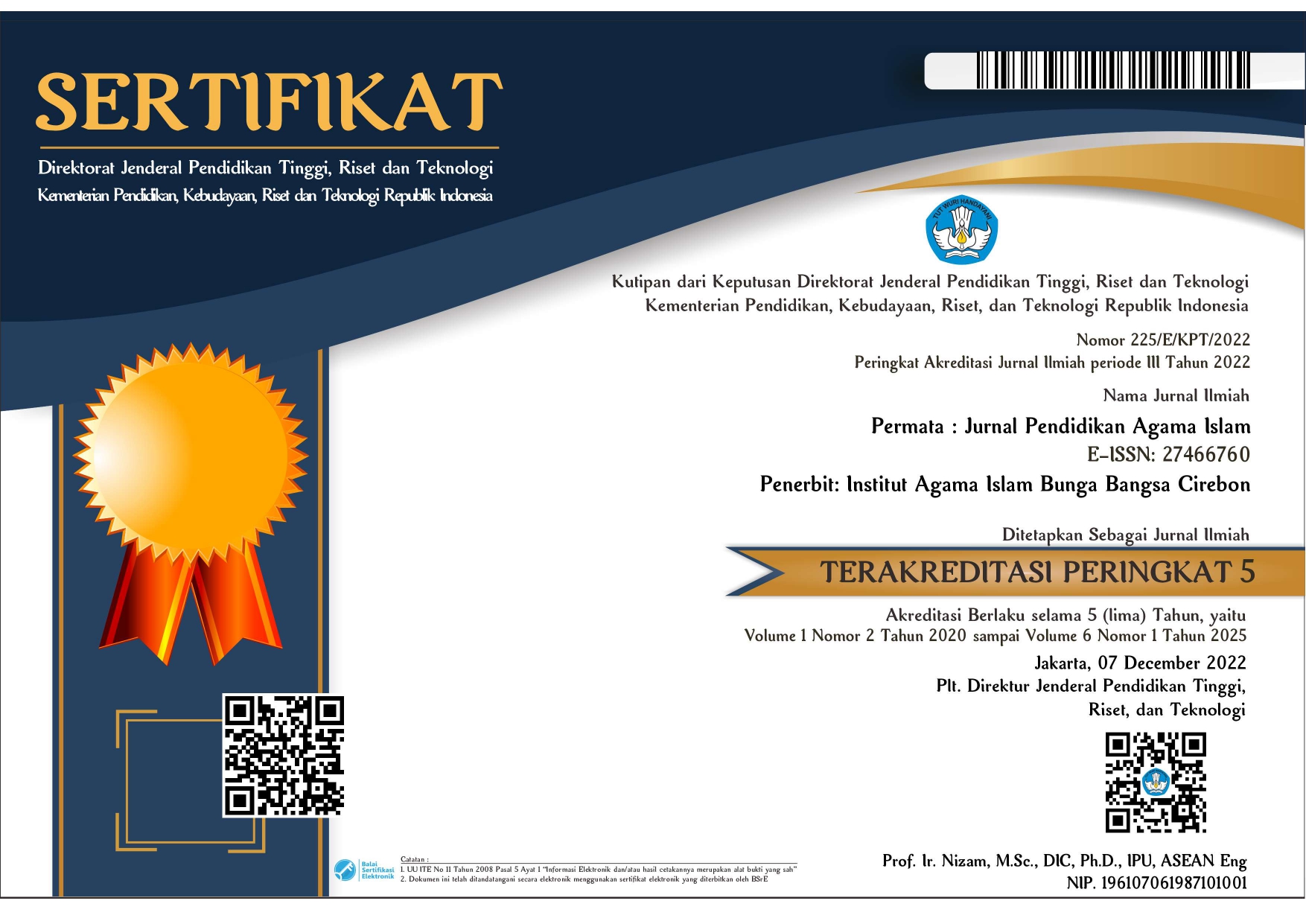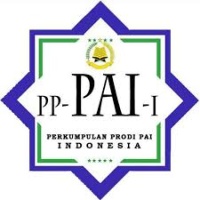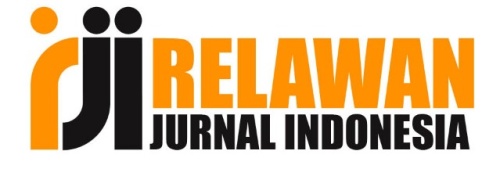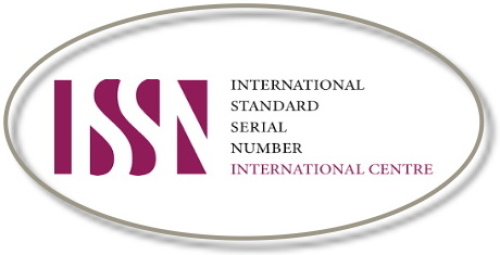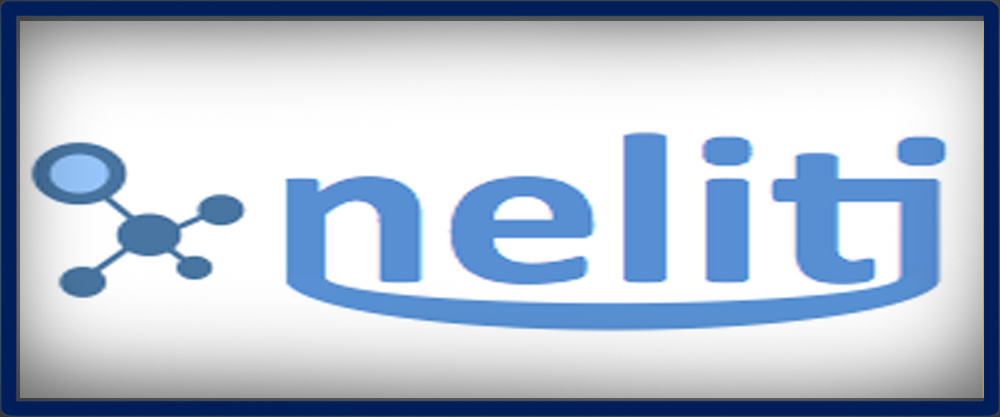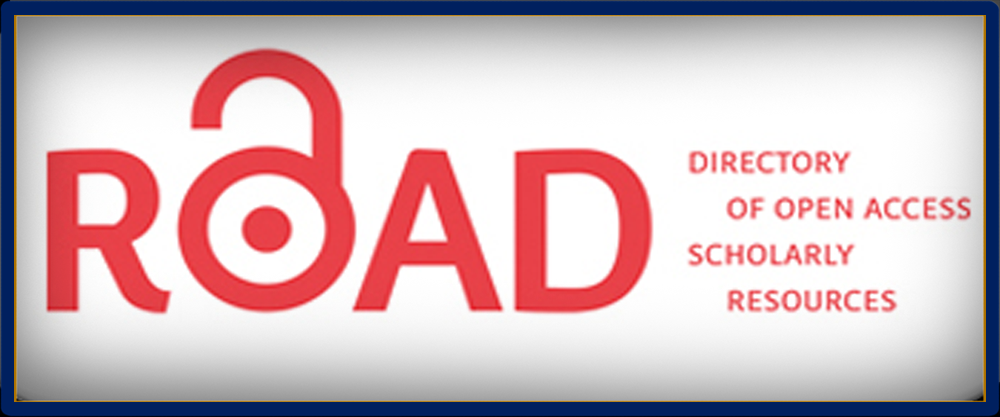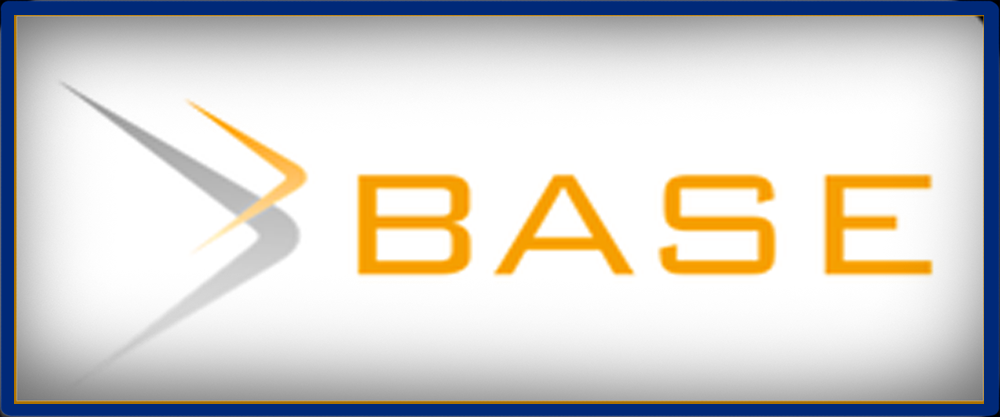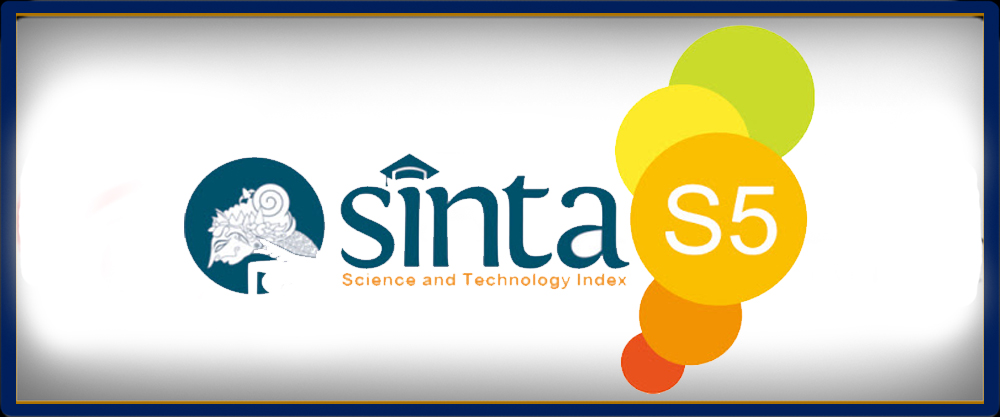Analisis Kelayakan Muatan PAI pada Film Animasi Nussa dan Rara serta Pemanfaatannya Sebagai Sumber Belajar di Sekolah Dasar
Abstract
The rapid development of technology today makes educational institutions must improve to keep up with the times. Learning media must be made technology-based in accordance with current developments. Nussa and Rara Animation Film is an educational film based on Islamic religious education that is widely used in various Elementary Schools. The purpose of this study was to analyze the feasibility of PAI content in the animated film Nussa. This thesis also discusses the utilization of PAI content in Nussa and Rara animation as a learning resource in Elementary Schools.
This research was designed with a qualitative research model, the instruments used in this research used observation sheets and transcription techniques. The episodes to be analyzed are "Eat Don't Just Eat, Good Is Easy, the Pillars of Islam and Hijaiyah Letters".
The findings in this study indicate that of the four Nussa and Rara animated films, the episode of good is easy to obtain the feasibility of a very feasible category and the episode of hijaiyah letters obtained a partially feasible category. The utilization of Nussa and Rara animation media is used as a supporting source but has an important role in teaching and learning activities at school. The conclusion in this study answers the formulation of the problem that has been made at the beginning, so the title in this study is "Analysis of the Feasibility of PAI Content in Nussa and Rara Animated Film and its Utilization as a Learning Resource in Elementary School."
Keyword : PAI Content; Nussa and Rara Animation; Learning Resources
Downloads
References
Asyarofah, W., Vidiati, C., & Selasi, D. (2023). Pemahaman Berinvestasi Melalui Financial Technology (Fintech) Pada Generasi Gen Z. Bridging Journal of Islamic Digital Economics and Management, 1(1), 164-171.
Anantia, R. A., & Soekmono, R. (2022). Nilai-Nilai Pendidikan Agama Islam dalam Film Kartun Nussa dan Rara (Studi Dokumenter Akhlak Ikhlas Anak Usia Dini). Jurnal Caksana: Pendidikan Anak Usia Dini, 5(1), 1-8. https://doi.org/10.31326/jcpaud.v5i1.1322
Anggreani, G., Asiyah, A., & Alimni, A. (2022). Penanaman Nilai-Nilai Akhlak Terpuji Melalui Media Video Kartun Nussa dan Rara pada Mata Pelajaran PAI di Era New Normal. INSAN CENDEKIA: Jurnal Studi Islam, Sosial dan Pendidikan, 1(2), 1-9.
Baihaqi, A., Mufarroha, A., & Imani, A. I. T. (2020). Youtube Sebagai Media Pembelajaran Pendidikan Agama Islam Efektif di SMK Nurul Yaqin Sampang. EDUSIANA: Jurnal Manajemen Dan Pendidikan Islam, 7(1), 74-88. https://doi.org/10.47077/edusiana.v7i1.19
Dina, S. (2022). Implementasi Nilai-Nilai Pendidikan Islam dalam Film Animasi Nussa dan Rara Sebagai Alternatif Media Pembelajaran PAI di SMP Istiqlal Delitua Medan (Doctoral dissertation, Universitas Islam Negeri Sumatera Utara).
Dina, S., Hafizh, M., & Astuti, W. (2023). Implementation of Islamic Educational Values in the Nussa & Rara Animation Film as an Alternative Media for PAI Learning at SMP Istiqlal Delitua Medan. Al-Iltizam: Jurnal Pendidikan Agama Islam, 8(1), 97-115.
Huda, N. (2022). Materi PAI dalam Animasi Nussa dan Rara. Jurnal Pendidikan Sosial dan Humaniora, 1(4), 374-391.
Julianingsih, D., & Widayanti, E. (2021). Pengaruh Penggunaan YouTube Terhadap Hasil Belajar Mahasiswa. Sigma, 7(1), 63. https://doi.org/10.36513/sigma.v7i1.1216
Permatasari, D., Amirudin, A., & Sittika, A. J. (2021). Pemanfaatan Aplikasi YouTube dalam Pembelajaran Daring Pendidikan Agama Islam Pada Siswa Sekolah Dasar. Jurnal Pendidikan Glasser, 6(1), 10–19. https://doi.org/10.32529/glasser.v6i1.1164
Sunarti, S. (2021). Implementasi Pembelajaran Virtual dalam Melatih Kreativitas Anak Kelompok B pada Masa Pandemi Covid-19 di TK Mutiara Hati Tahun Pelajaran 2020/2021 (Doctoral dissertation, Universitas Muhammadiyah Ponorogo).
Ulfaida, U., & Pahlevi, T. (2021). Pengaruh Penggunaan Media Pembelajaran Online Terhadap Hasil Belajar Melalui Minat Belajar Siswa Pada Kelas X OTKP di SMKN1 Lamongan. Jurnal Edukasi, 8(2), 25–31. https://doi.org/10.19184/jukasi.v8i2.26902


